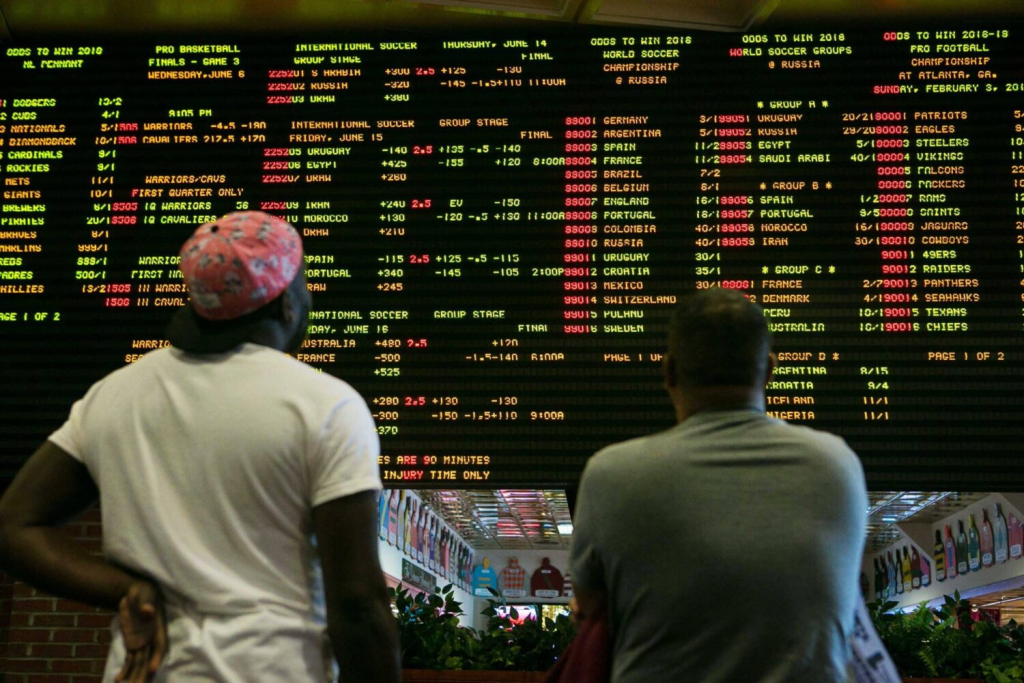Racing sports have long captured the fascination of fans and analysts alike. The ability to predict outcomes in such events depends on careful assessment of multiple factors, including athlete performance, track conditions, and strategy. One critical aspect often overlooked is pace bias, which can subtly influence results in unexpected ways. Understanding this bias allows experts to adjust their predictions with higher accuracy. By integrating pace analysis into forecasting models, stakeholders can enhance both betting strategies and performance evaluations. Such approaches ensure a more precise reflection of potential outcomes across various racing disciplines.
Impact of pace trends on race outcomes
Pace trends reveal how different speeds at various segments affect the final results of competitions. Monitoring these trends helps in recognizing patterns that may otherwise go unnoticed.
- Faster starters may fatigue early in the race.
- Slower initial pace can favour endurance-focused participants.
- Mid-race surges often determine final positioning.
- Historical pace data predicts likely outcomes.
- External conditions amplify pace-related advantages.
Statistical Modeling for performance accuracy
Incorporating statistical methods allows analysts to reduce uncertainty and make data-driven forecasts. Models can integrate pace bias with historical results to refine predictions. By using regression analysis, machine learning, or simulation techniques, predictions become more reliable and actionable. Accurate Modeling enables stakeholders to assess risk and improve their decision-making process consistently.

Identifying bias in athlete pacing strategies
Understanding individual strategies highlights potential discrepancies in performance. Athletes adopt different pacing methods that can significantly affect the final standings.
- Aggressive early pace may lead to decline later.
- Consistent pacing can outperform erratic bursts.
- Sudden accelerations can mislead predictions.
- Tactical positioning influences race dynamics.
- Fatigue patterns vary based on pace selection.
Enhancing predictive techniques for bettors
Combining pace data with other bet performance metrics allows for more sophisticated forecasts. Analysts can detect trends and anomalies that influence race results. When integrating these insights, the probability of making informed bet decisions increases. Advanced techniques ensure better alignment with real-world outcomes and reduce reliance on intuition alone. Predictive refinement also promotes fairness and transparency in competitive analysis.
Future directions in racing analysis
Emerging technologies and big data applications promise deeper understanding of pace bias. Sensor-driven performance tracking and AI algorithms can dynamically adjust predictions during live events. Such innovation offers unparalleled granularity, enabling experts to refine forecasting continuously. As methods evolve, both analysts and enthusiasts benefit from clearer insights and improved predictive confidence. The combination of empirical data and analytical rigor strengthens decision-making in racing sports, shaping a more accurate and reliable competitive landscape.
By carefully examining pace bias, professionals gain a unique perspective on racing dynamics. Evaluating trends, refining predictive methods, and integrating statistical approaches allow for higher precision in forecasting. Athletes’ pacing choices, when analysed comprehensively, reveal opportunities to optimize strategies and enhance predictive outcomes. With technological advances, monitoring and adjusting for pace bias becomes increasingly accessible. These insights help sports analysts, enthusiasts, and stakeholders make more informed judgments. Understanding subtle nuances transforms predictions from guesses to reliable assessments, ensuring more effective planning. Consequently, racing sports evolve into a domain where analytical insight drives results and improves overall accuracy in forecasting methodologies.
